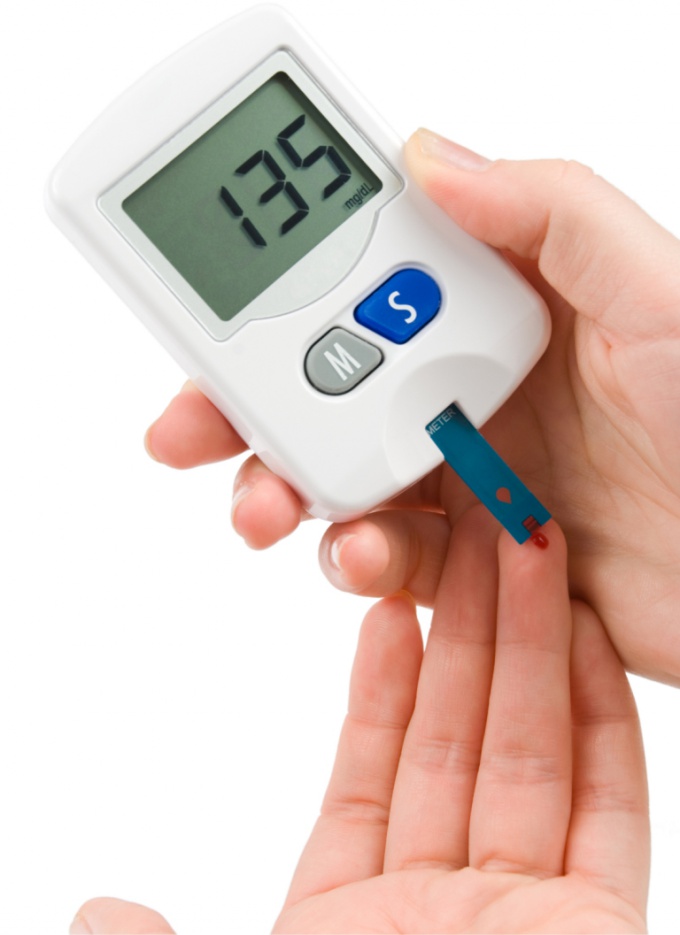You will need
- - to donate blood for analysis.
Instruction
1
There are two types of disease: type I is insulin-dependent and type II – non-insulin dependent.
2
Type I occurs in people with reduced insulin production. In this case, the pancreas cannot cope with the production of the hormone. He is either not produced at all or produced in minimal quantities and are not able to process the volume of incoming glucose, as a result there is an increase in its level in the blood. As a rule, the disease occurs in children, adolescents and young adults. In this type of diabetes need to constantly introduce myself insulin to prevent the increase of ketone bodies in urine and to sustain life.
3
In type I diabetes slows the flow of sugar from the blood into cells and it is excreted in the urine. Since sugar is the main source of energy, the cells begin to starve. The main symptoms are frequent and copious urination, weakness, weight loss and excessive thirst. They allow to identify the person glycemia.
4
If you have diabetes type I, you need to measure the sugar at least 4 times a day - morning on an empty stomach and before major meals. Sometimes it's necessary to control it before bedtime, 2 hours after a meal and 3-4 hours in the morning.
5
Type II occurs with both too little and at a sufficient production of insulin. However, the hormone may be useless as tissues lose sensitivity to it. Type II diabetes is mostly appears in adulthood, the field 35-40 years. Its development is often associated with excess weight. Therefore, when this type of disease is sometimes enough to change diet and to increase physical activity, and many of the symptoms may disappear. To treat disease prescribe medications that reduce the resistance of cells to insulin or agents that stimulate the pancreas to secrete insulin.
6
In the case of diabetes type II symptoms may be absent or poorly expressed. Years not to suspect the presence of a disease.
7
If type II diabetes is treated by diet, will be sufficient to measure the sugar once a day. You can do it on an empty stomach or 2 hours after a meal. If you are prescribed tablets, you will need to measure the sugar, 2 times a day - morning on an empty stomach and 2 hours after any meal.
8
The diagnosis can only physician on the basis of the results of the study of the concentration of sugar in the blood. It should be held in a special laboratory.
9
The first blood test for glucose performed on an empty stomach. Then you give the drink a sweet solution (75g of glucose dissolved in 300ml boiled water). Then you measure the sugar after an hour and two hours.
10
The results are deciphered in the following way: if blood, taken on an empty stomach sugar level below 120mg% and in the blood taken after 2 hours, it does not exceed 140мг%, the disease is not confirmed. If the first measurement of sugar above 120mg%, 120 minutes - above 200mg% (11.1 mmol/l), it indicates the presence of diabetes.
Useful advice
At the first suspicion on the occurrence of diabetes need to consult a doctor.
